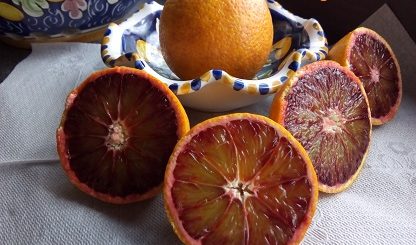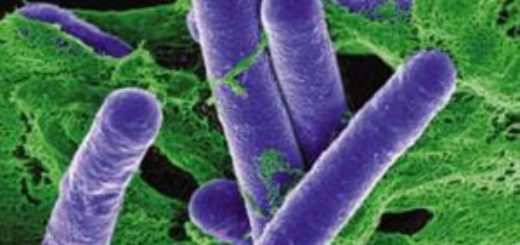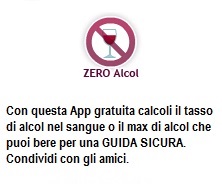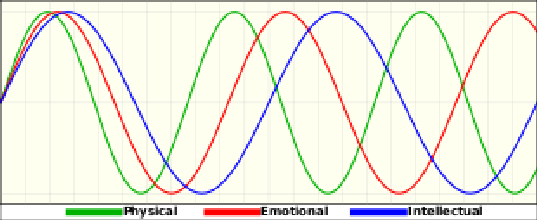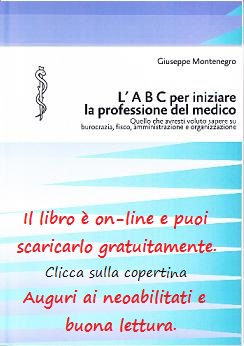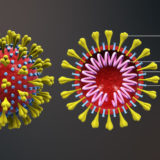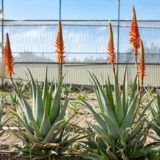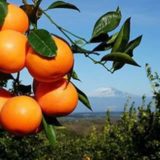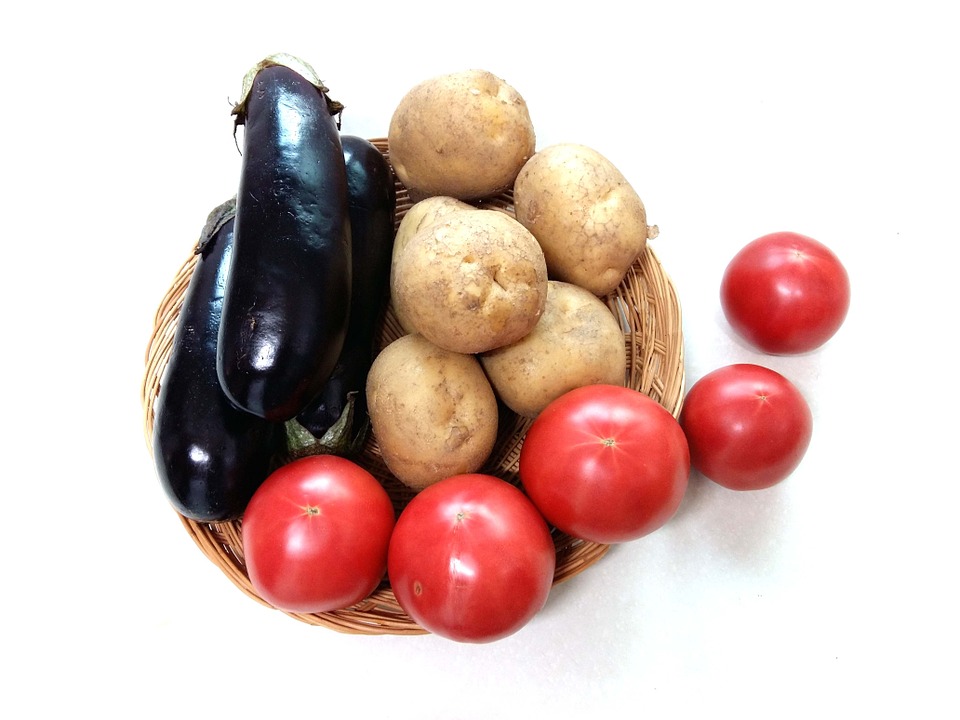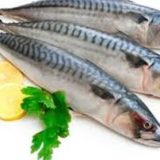Spinaci, ma sono così ricchi in ferro?

Popeye o Braccio di ferro ha 85 anni mangia spinaci per acquistare forza: la convinzione nasce però da un falso mito che attribuisce a questa verdura un contenuto alto di ferro.
Secondo la leggenda, sarebbe stata tutta colpa di una virgola spostata da uno scienziato, un errore scoperto dopo molti decenni, che ha aumentato di un ordine di grandezza la reale concentrazione del nutriente.
Una vera e propria leggenda contemporanea che dimostra come anche gli scienziati sbaglino, e come anche un errore banale possa avere conseguenze impreviste.
In 100 grammi di spinaci c’è un apporto di circa 25 calorie, così suddivise: 44% proteine, 36% carboidrati e 20% lipidi e più dettagliatamente: 90 g circa di acqua, 3,4 g di proteine, 2,9 g di carboidrati, 2,3 g di amido, 1,9 g di fibra, 0,7 g di grassi. Minerali: potassio (molto abbondante), sodio, calcio, fosforo, magnesio, ferro. Vitamine: A (molto abbondante), B, K, C, folati.
Tra gli altri composti, vanno segnalati acido ossalico e antiossidanti quali beta-carotene, luteina, zeaxantina, quercetina.
Gli spinaci che mangiamo sono le foglie commestibili dell’omonima pianta erbacea, Spinacia oleracea, appartenente alla famiglia delle Chenopodiaceae, in grado di raggiungere anche i 70 cm di altezza.
Il livello di ferro contenuto negli spinaci non è così alto come si riteneva un tempo; inoltre, per la presenza di acido ossalico si formano dei composti che non possiamo assorbire. Per ovviare a questo rischio occorre consumare gli spinaci cotti, dato che la cottura aumenta la disponibilità del ferro, condendoli con alimenti ad alto contenuto di vitamina C, come il limone, in grado di favorire l’assorbimento del ferro. E’ opportuno cuocere gli spinaci in una minima quantità di acqua bollente, circa un quarto rispetto al volume dell’ortaggio, per non perdere i nutrienti che contengono.
Freschi possono essere conservati in frigorifero, nello scomparto delle verdure, avvolti in un foglio di giornale o in uno strofinaccio umido, mentre una volta cotti vanno consumati subito.
La presenza di acido ossalico e di vitamina K impone un consumo limitato di spinaci nei soggetti che soffrono di calcolosi renale ossalica e nelle persone che assumono anticoagulanti.

Quest’opera è distribuita con Licenza Creative Commons Attribuzione – Non commerciale – Condividi allo stesso modo 4.0 Internazionale
English version
Spinach, but is it so rich in iron?
Popeye or Popeye is 85 years old eats spinach to gain strength: the belief, however, stems from a false myth that attributes a high iron content to this vegetable.
According to the legend, it was all the fault of a comma moved by a scientist, an error discovered after many decades, which increased the actual concentration of the nutrient by an order of magnitude.
A real contemporary legend that shows how even scientists are wrong, and how even a trivial mistake can have unforeseen consequences.
In 100 grams of spinach there is an intake of about 25 calories, divided as follows: 44% proteins, 36% carbohydrates and 20% lipids and more specifically: 90 g of water, 3.4 g of proteins, 2.9 g carbohydrates, 2.3 g of starch, 1.9 g of fiber, 0.7 g of fat. Minerals: potassium (very abundant), sodium, calcium, phosphorus, magnesium, iron. Vitamins: A (very abundant), B, K, C, folate.
Among other compounds, oxalic acid and antioxidants such as beta-carotene, lutein, zeaxanthin, quercetin should be noted.
The spinach we eat are the edible leaves of the herbaceous plant of the same name, Spinacia oleracea, belonging to the Chenopodiaceae family, capable of reaching even 70 cm in height.
The level of iron contained in spinach is not as high as it was once thought; moreover, due to the presence of oxalic acid, compounds are formed that we cannot absorb. To overcome this risk, it is necessary to consume cooked spinach, since cooking increases the availability of iron, seasoning them with foods high in vitamin C, such as lemon, which can promote iron absorption. Spinach should be cooked in a minimum amount of boiling water, about a quarter of the volume of the vegetable, so as not to lose the nutrients they contain.
Fresh they can be stored in the refrigerator, in the vegetable compartment, wrapped in a sheet of newspaper or in a damp cloth, while once cooked they should be consumed immediately.
The presence of oxalic acid and vitamin K imposes a limited consumption of spinach in subjects suffering from oxalic kidney stones and in people who take anticoagulants.


